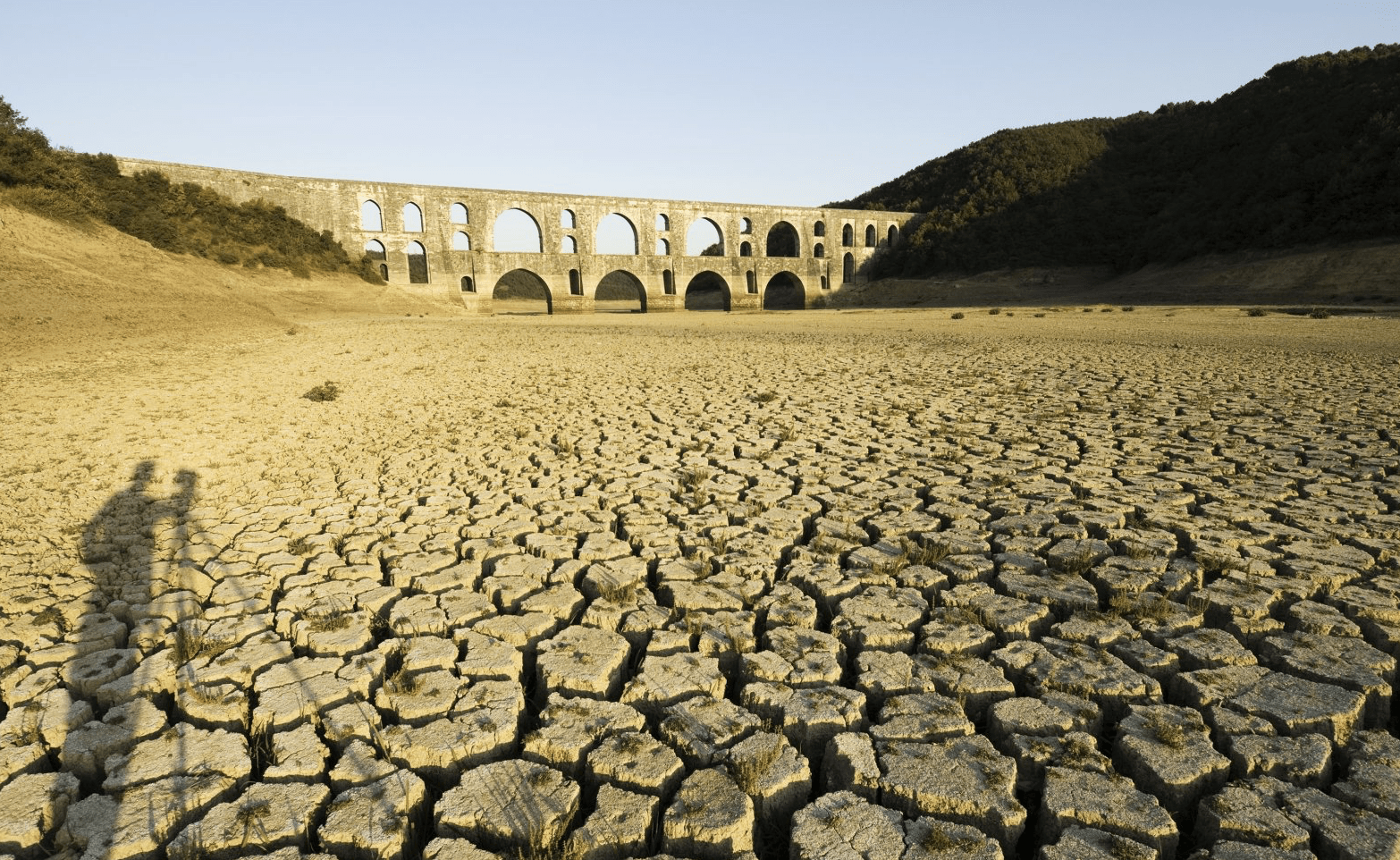Türkiye latest in Mediterranean affected by intense droughts

According to The Arab Weekly via AFP, Türkiye is facing an intense drought which has deeply affected its agriculture, as rainfall has plummeted to its lowest level in 52 years, with precipitation numbers divided by four compared to the average of the past 30 years. This puts the country’s food security at risk, and is part of a larger pattern seen across the Mediterranean region.
From October 1st, 2024, to August 31st, 2025, rainfall levels have reached an alarming rate of 250 mm. The average rainfall over the past 30 years was around 1000 mm, which, compared to the recent numbers, indicates a 75% reduction of precipitation, with some regions facing even more concerning and life-threatening levels.
Türkiye is specifically harmed by this drought, as it is one of the world’s largest food producers and exporters for popular items such as hazelnuts, of which they produce 70% of the world’s supply. The government has estimated a consequent revenue loss for insured farmers, amounting to $557 million, and President Erdogan reassured farmers without insurance that state aid will provide them with some financial relief for their shrunken numbers.
A report from the UN Convention to Combat Desertification (UNCCD) predicts that 88% of Türkiye’s territory will face desertification, with an even more drastic situation looming in the distance as it’s predicted that rainfall is set to decrease by a third between this year and the end of the century. With recent reductions in the country’s food production, it seems as though this will become a common phenomenon for the Mediterranean nation.
These alarming numbers beg the question: what does the future hold for Mediterranean countries’ agriculture? In previous years, many have faced the wrath of droughts and atypical weather caused by climate change. A scientific report recently linked climate change to a surge in global food prices as the production of key international crops has plummeted everywhere in the world.
Similarly, Tunisia has been facing the consequences of climate change on its food security and water supplies. Months before this year’s Eid Al-Adha, record-high meat prices, a 6-year drought and diminishing livestock supply put into question whether the North African nation would follow Morocco’s policy by asking its people to abstain from celebrating the holy day. In recent years, the country has faced a large impact on its food production as prices for dairy and essential produce have highly increased due to the droughts, with farmers even mentioning the very unusual need to water their crops during the winter.
Morocco has faced comparable issues due to climate change, as it was reported in February that its livestock numbers have dropped by almost 40%. Nonetheless, the Kingdom has taken the lead in the region to tackle the intense droughts through desalination efforts and water transfers. They hope these initiatives will provide much-needed relief to their agriculture sector, which has been under pressure with growing international demand for Moroccan produce and unpredictable weather patterns.
After months-long water shortages in 2024, riots erupted in Algeria as the country wasn’t spared by the extreme weather caused by climate change. Water scarcity and atypical weather have become a global concern that disproportionately affects regions and populations in the same country with a different intensity, as highlighted by Oxfam, who warns that women in the MENA region are even more at risk from facing climate change-related consequences.
As water becomes a scarce commodity, countries in the Mediterranean inevitably need to find innovative solutions to tackle the effects of droughts and extreme weather to ensure food security and to avoid civil unrest and the social consequences caused by climate change.
The Arab Weekly via AFP, Maghrebi.org
Want to chase the pulse of North Africa?
Subscribe to receive our FREE weekly PDF magazine














